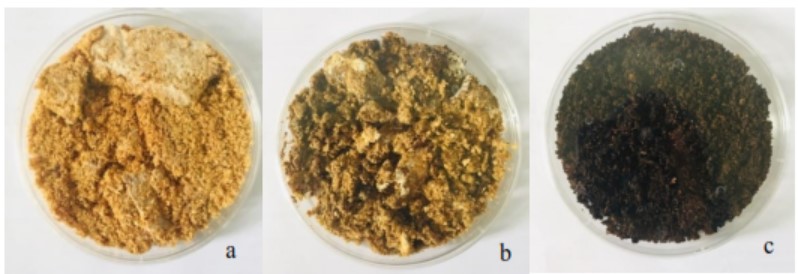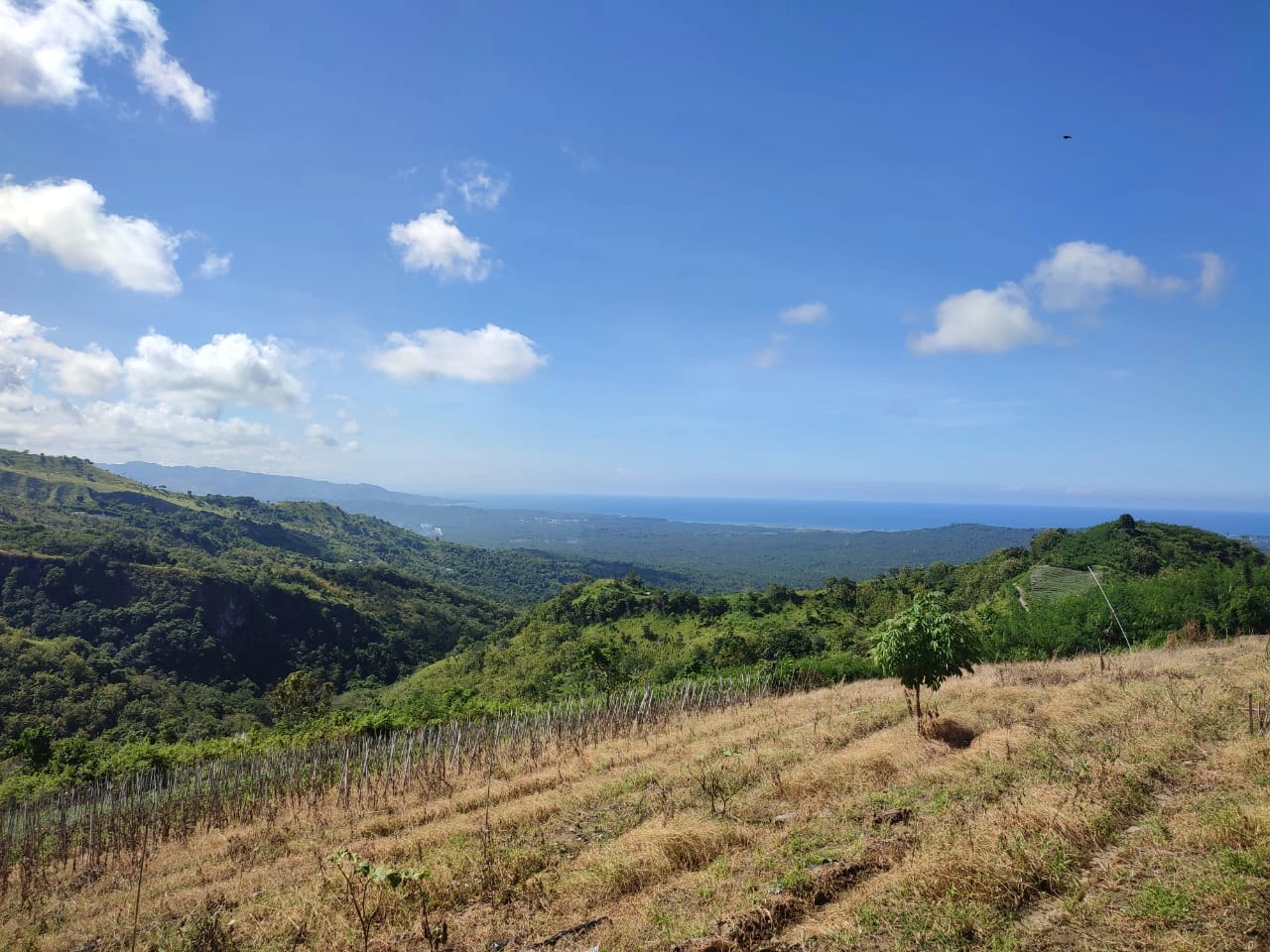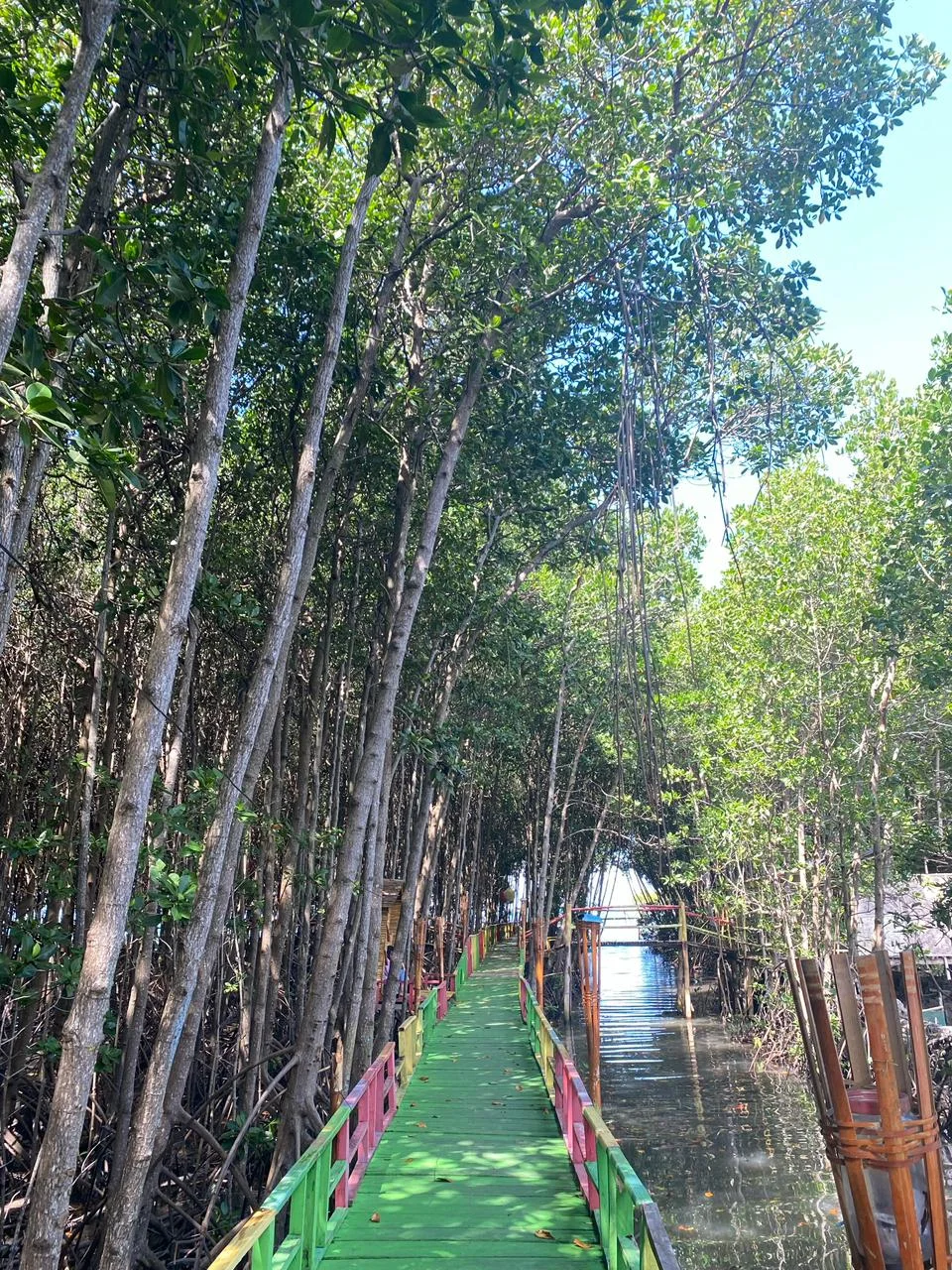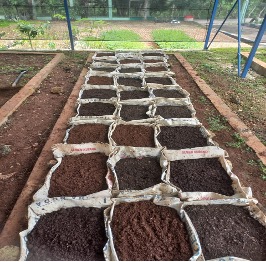Viability of Penicillium Citrinum on Different Carrier Media as Organic Fertilizer
Abstract
The use of bio-fertilizer is increasing along with the awareness of eco-friendly life style. The use of bio-fertilizer give several advantages such as enhancing plant growth, provide plant nutritions, easily absorbed by plant and environmental friendly. Endophytic fungi can be used as biological fertilizers.In this study, endophytic fungi Penicillium citrinum isolate P3.10 were used as a main ingredient for biological fertilizers. This study aims to investigate: (a) the most effective carrier material for biological fertilizers made from endophytic fungi P. citrinum and (b) maximum shelf-life of biofertilizers. Three carrier materials were tested to find out the best carrier as biological fertilizer carriers. Factorial Completely Randomized Design with two factors used in this study with the first factor is the type of carrier material (rice bran, saw dust, and peat soil), and the second factor is storage time (14, 28, 42, 56, dan 70 days).The result of the study and consideration based on the standards of biological fertilizer regulation of the Minister of Agriculture Number 70 / Permentan / SR.140 / 19/2011) showed that of the three tested carriers (rice bran, sawdust, and peat), peat showed the best performance as biofertilizer carrier with the recommend maximum shelf-life is 28 days (5,62 x 105 cfu/gram) due to its C/N ratio value and its viability to maintain the number of viable fungi.
Hak Cipta (c) 2019 Jurnal Wasian

Artikel ini berlisensi Creative Commons Attribution-NonCommercial 4.0 International License.
Copyright and License
All articles published in Wasian Journal are the property of the authors. By submitting an article to Wasian Journal, authors agree to the following terms:
-
Copyright Ownership: The author(s) retain copyright and full publishing rights without restrictions. Authors grant the journal the right to publish the work first and to distribute it as open access under a Creative Commons Attribution 4.0 International License (CC BY 4.0).
-
Licensing: Articles published in Wasian Journal are licensed under a Creative Commons Attribution 4.0 International License (CC BY 4.0). This license allows others to share, copy, and redistribute the material in any medium or format, and adapt, remix, transform, and build upon the material for any purpose, even commercially, provided that proper credit is given to the original author(s) and the source of the material

This work is licensed under a Creative Commons Attribution 4.0 International License. -
Author's Rights: Authors are permitted and encouraged to post their work online (e.g., in institutional repositories or on their website) prior to and during the submission process, as it can lead to productive exchanges and greater citation of published work.
-
Third-Party Content: If your article contains material (e.g., images, tables, or figures) for which you do not hold copyright, you must obtain permission from the copyright holder to use the material in your article. This permission must include the right for you to grant the journal the rights described above.
-
Reprints and Distribution: Authors have the right to distribute the final published version of their work (e.g., post it to an institutional repository or publish it in a book), provided that the original publication in Wasian Journal is acknowledged.
For the reader you are free to:
- Share — copy and redistribute the material in any medium or format for any purpose, even commercially.
- Adapt — remix, transform, and build upon the material for any purpose, even commercially.
- The licensor cannot revoke these freedoms as long as you follow the license terms.
Under the following terms:
- Attribution — You must give appropriate credit , provide a link to the license, and indicate if changes were made . You may do so in any reasonable manner, but not in any way that suggests the licensor endorses you or your use.
- No additional restrictions — You may not apply legal terms or technological measures that legally restrict others from doing anything the license permits.
Notices:
You do not have to comply with the license for elements of the material in the public domain or where your use is permitted by an applicable exception or limitation .
No warranties are given. The license may not give you all of the permissions necessary for your intended use. For example, other rights such as publicity, privacy, or moral rightsmay limit how you use the material.











